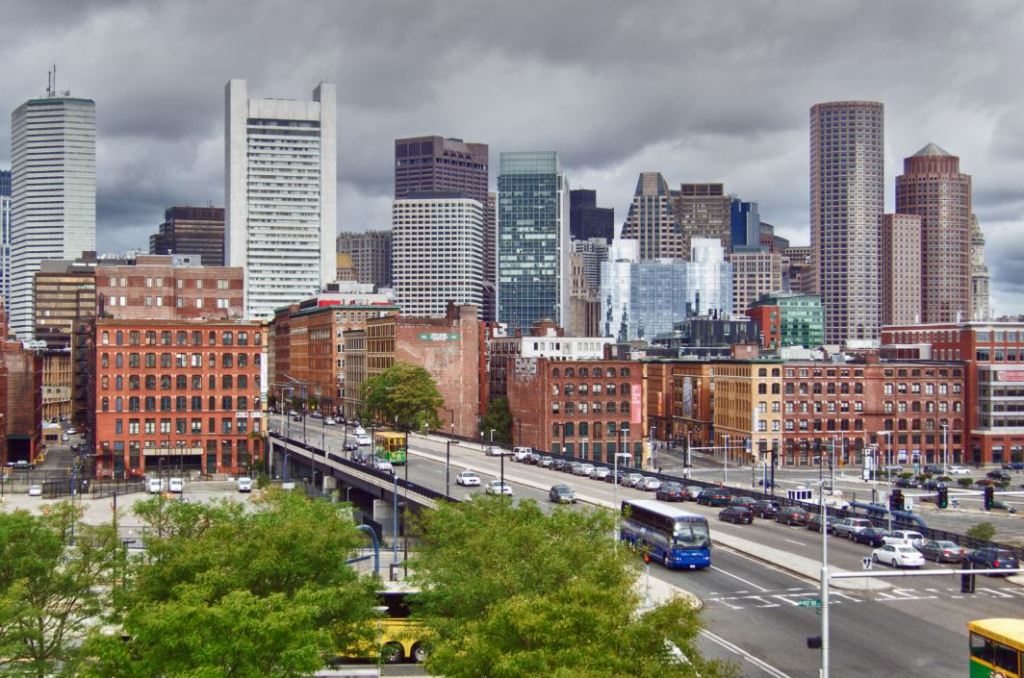Neighborhood Transformed
Boston’s new Green District
Extravagance and environmentalism don’t seem like natural soulmates, but in Boston a new set of developments seamlessly combines the amenities and modern sensibilities of today’s luxury living with eco-conscious construction. The result? Affordable, eco-conscious community housing for Boston’s middle class that’s been dubbed the “Green District.” The brainchild of developer Bruce Percelay, the “Green District” […]
